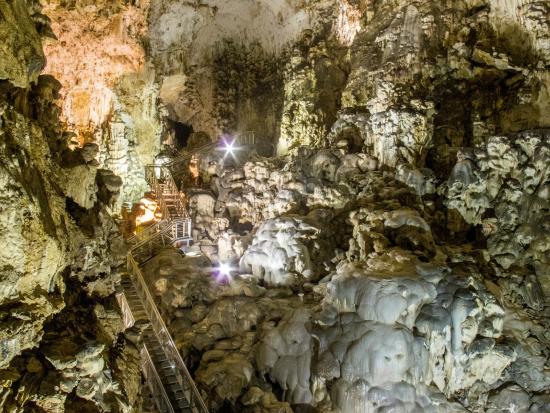GO SHOPPING WITH YOUR PERSONAL SHOPPER
A Personal Shopping Service is available at Le Torri di Bagnara. Your Personal Shopper will take you to the finest shops, outlets, majolica workshops, textiles firms, antique and restoration shops, and the best restaurants and trattorie, wineries and breweries of the whole region. Brunello Cucinelli factory store is at only 30 min drive.
We have designed a range of shopping itineraries for our guests however you have the option of requesting a more personalized tour in accordance with your needs.
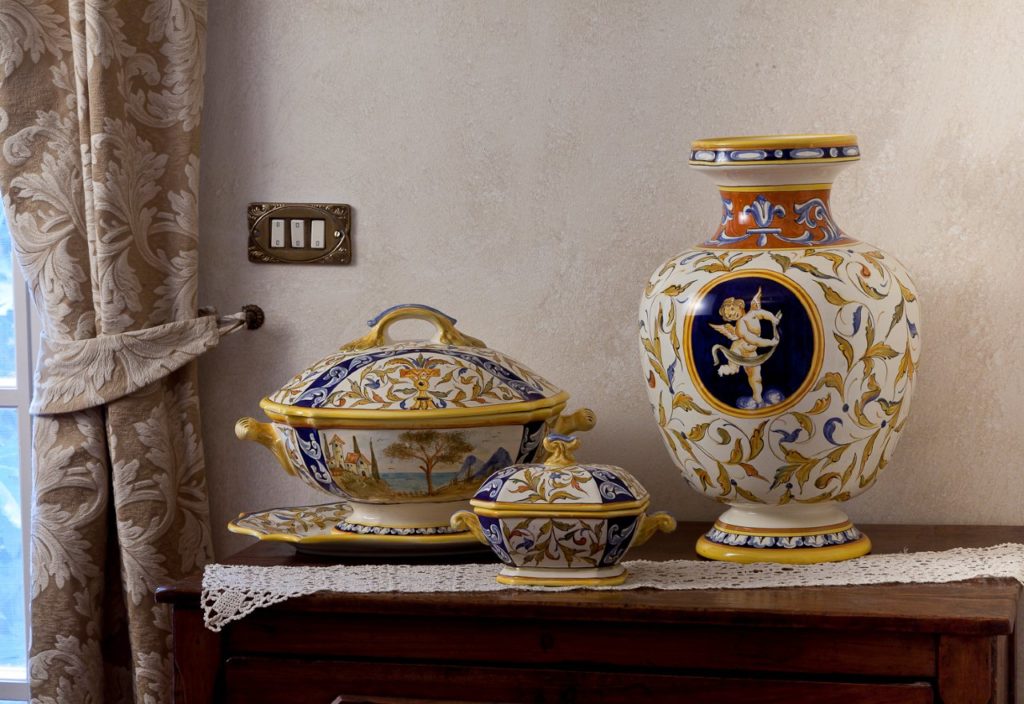
ENJOY ART-HISTORY EXCURSIONS TO THE MANY ANCIENT HILLTOP TOWNS OF UMBRIA AND NEARBY TUSCANY
Perugia, Assisi, Todi and Gubbio, the Trasimeno Lake and Tuscany are within 30 min drive, while within an hour’s drive of the Estate are such towns as Arezzo, Cortona, Montepulciano, Sansepolcro, Siena, Orvieto and Spoleto and many other smaller sights to explore.
Florence and Roma are within 2 hours car.
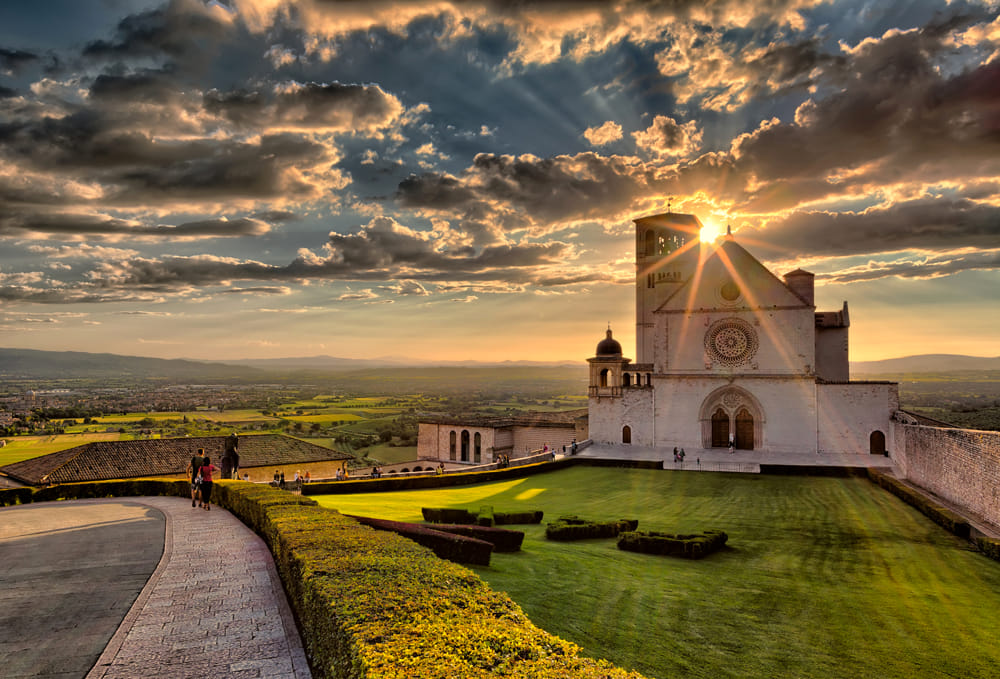
PLAY GOLF (15 & 30 min. drive)
The famous Antognolla Golf course, a challenging 18-hole designed by Robert Trent-Jones jr, is a 10-minutes car from Le Torri di Bagnara.
On site is a driving range, putting and pitch greens, a Pro shop, practice range and a bar and restaurant serving delicious ‘Umbrian’ Cuisine. Equipment rental available.
Another 18-hole great Golf course is located in Perugia (20 min drive).
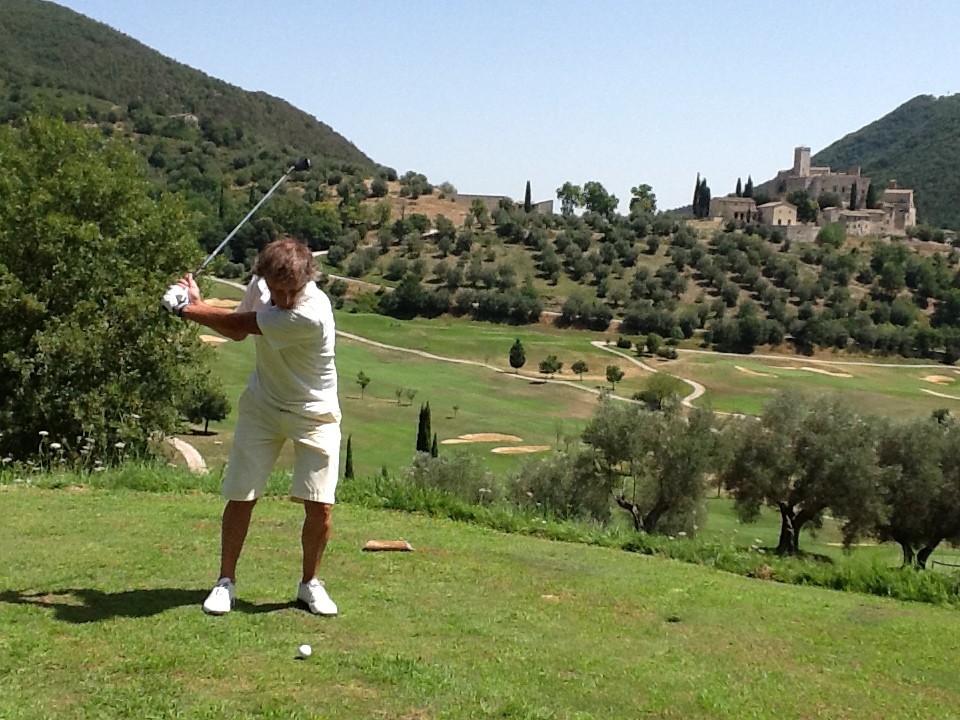
PLAY TENNIS (5 min drive)
A sport center with Tennis court and Pizzeria and an Equestrian center with indoor riding stables are in the nearby Ponte Pattoli village.
HORSE RIDING IN THE VINEYARDS (30 min drive)
Enjoy a special horse riding in the Umbrian vineyards, in the countryside of Torgiano, a beautiful medieval small Town near Perugia. During the horse ride you will appreciate the particular beauty of this area with a beautiful panoramic view of the city of Perugia.
VISIT THE GALLERIA NAZIONALE DELL’UMBRIA (20 min drive)
The National Gallery of Umbria is the Italian National Paintings Collection of Umbria, housed in the Palazzo dei Priori, Perugia, in central Italy.
Its collection comprises the greatest representation of the Umbrian School of painting, ranging from the 13th to the 19th century, strongest in the fourteenth through sixteenth centuries.
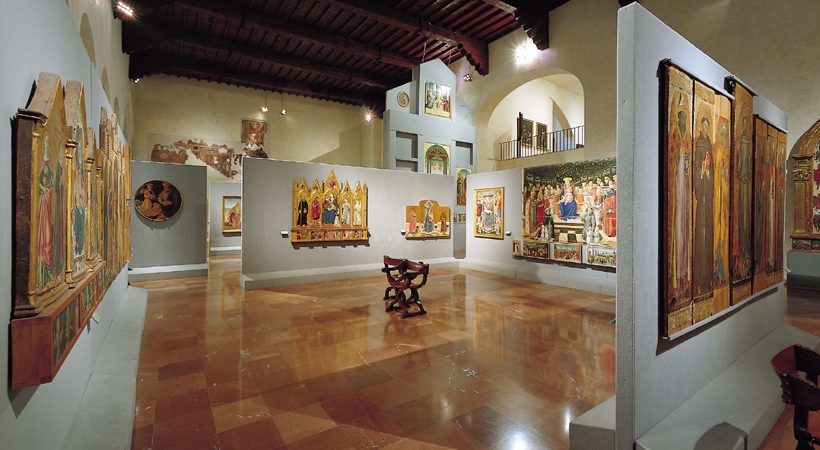
BECOME A CHOCOLATIER FOR A DAY AT “PERUGINA” CHOCOLATE SCHOOL (30 min drive)
The Perugina Chocolate School offers visitors the opportunity to become chocolatiers for a day.
Perugina Master Chocolatiers take participants through a hands-on journey in which they learn the pleasure of working with chocolate while creating their very own masterpiece.
Among the most popular courses is “Baci Perugina: Say it with a Kiss” where participants make Italy’s legendary Baci chocolate with their own hands.
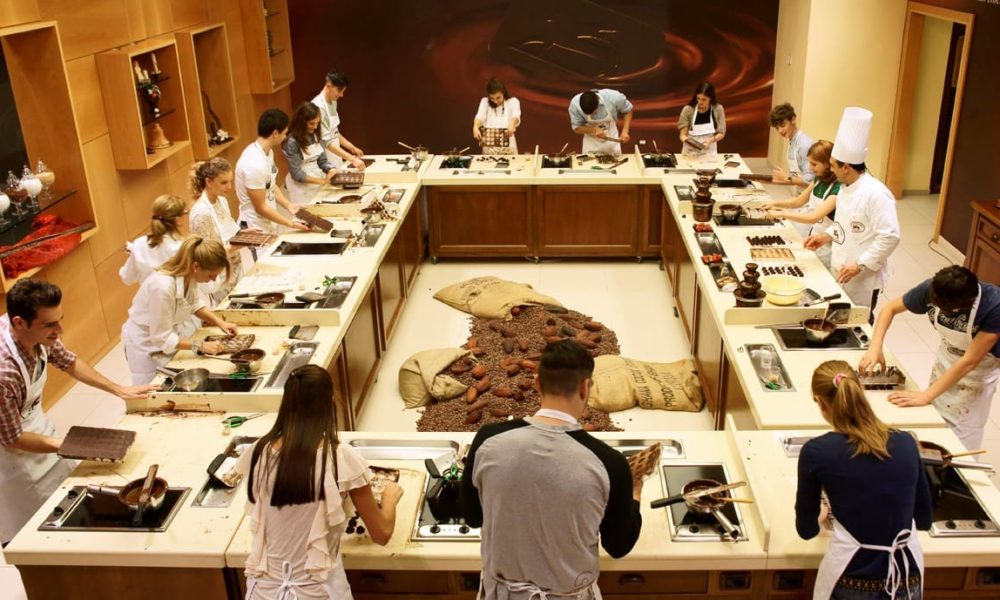
TAKE AN EXCURSION, GO SAILING AND BIKING AT LAKE TRASIMENO (30 min drive)
Lake Trasimeno is the largest area of inland water in the Italian peninsula – 128 square km – and the fourth largest lake in Italy. It varies between 3 and 6 m deep and attracts a considerable variety of bird life in part because most of its shoreline is thick with reeds. There are three islands on the lake. The island of Polvese belongs to the local administration of Perugia. The Isola Maggiore covers an area of 23.2 hectares and is permanently inhabited, while the Isola Minore is uninhabited.
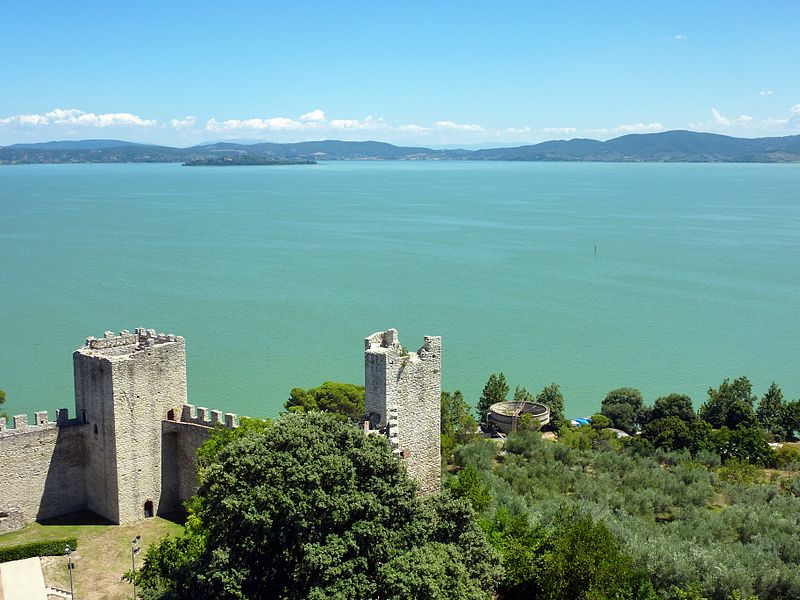
In 1995, a nature park was established covering the surface and shores of Lake Trasimeno, and a 50 km bicycle path around the lake was inaugurated in 2003. There are also cross country paths, especially over the hills on the eastern side. A visit to some part of the lake makes an excellent excursion for tourists staying the Perugia or Cortona.
Sailing is practiced everywhere, thanks to the favorable conditions the lake offers. The activity is supported by the presence of sailing clubs organizing specialization courses for children and adults, canoeing and kitesurfing.
VISIT THE WINE MUSEUM AND THE OLIVE & OIL MUSEUM (30 min drive)
The Wine Museum and the Olive Oil Museum are located in Torgiano, one of Umbria’s medieval towns. Opened in 1974, The Wine Museum is housed in a 17th-century building that was once a noble’s summer residence.
The Wine museum has nineteen rooms and contains pictures and artifacts dating back to the 6th century BC. All the antiquities reflect upon the process of making wine.
The Olive and Oil Museum is located in a small nucleus of medieval houses within the town walls. Olive oil as a significant element in cultural imagery, which has attributed it symbolic, propitiatory and curative values. On display are artworks and historical finds regarding the mythological origins of the olive tree, the use of oil as a source of light and heat, in religion, medicine and nutrition, in sports and cosmetics.
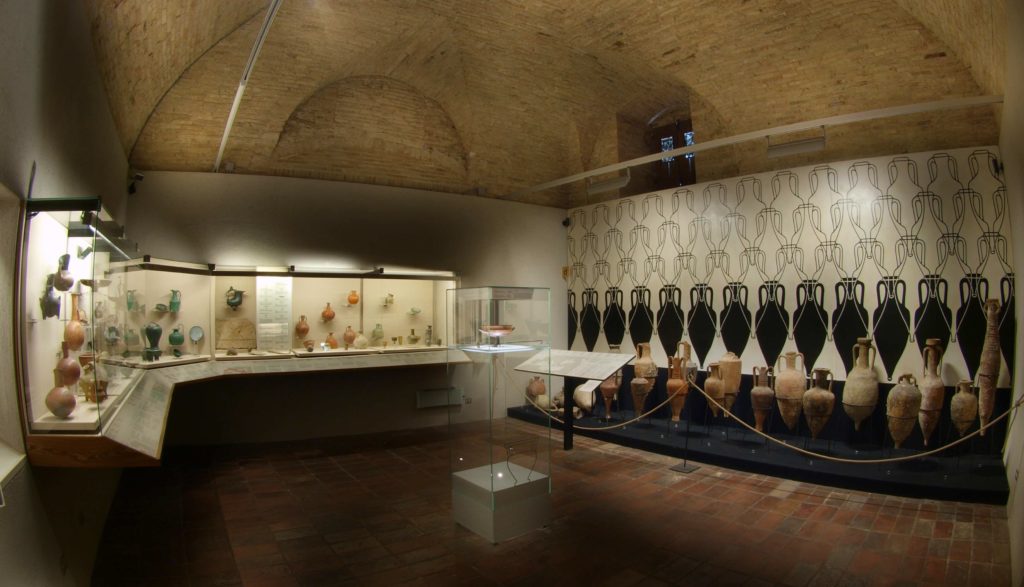
ENJOY 1ST CLASS THEMAL BATHS (35 min drive)
The Fontecchio 1st class Thermal Baths can be found at about three kilometres from Città di Castello in a delightful wooded park.
They were already famous in the roman period. They offer a vast range of specialized remedies and natural treatments. The waters and the mud baths are sulphureous. There are many treatments on offer: mud therapy, balneotherapy, hydro-massages, Kneipp baths, traditional massages, inhalation treatments, rehabilitation and physiotherapy.
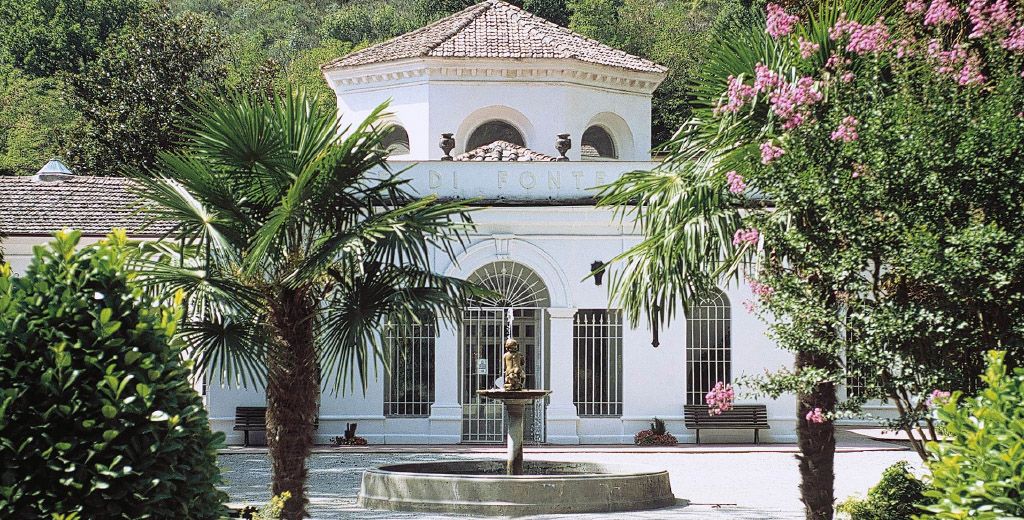
TAKE AN ARCHAEOLOGICAL EXCURSION AT “CARSULAE” – the “POMPEI of UMBRIA” (50 min drive)
It is now one of the most important archaeological Roman ruins in Italy. It is located c. 4 km north of San Gemini, a small municipality in the province of Terni. The municipality of Montecastrilli (Montes Carsulis) is nearby.
The official founding of Carsulae is generally agreed to have taken place in about 300 BC. Carsulae’s growth into a major town only took place, however, with the building of the via Flaminia, in 220-219-BC. Carsulae probably originated as a mansio, a rest stop and watering place for travelers, traders and soldiers.
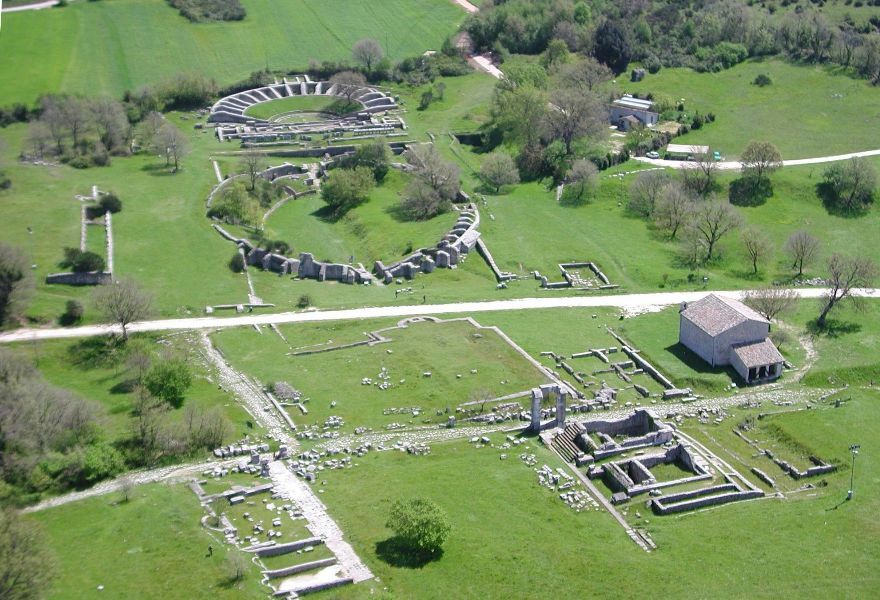
GO CAVE EXPLORING (60 min drive)
Spelunkers can find caves to explore at Monte Cucco near Gualdo Tadino.
The Caves of Mount Cucco, which are located in the natural park of the same name on the border between Umbria and the Marches, with 30 kilometres of tunnels and a maximum depth of nearly one thousand metres, are one of the most important cave systems in Europe and certainly among the best known and studied worldwide.
For several years, an 800-metre section containing stalactites and stalagmites, tunnels, mazes and passages has been open to the public.
